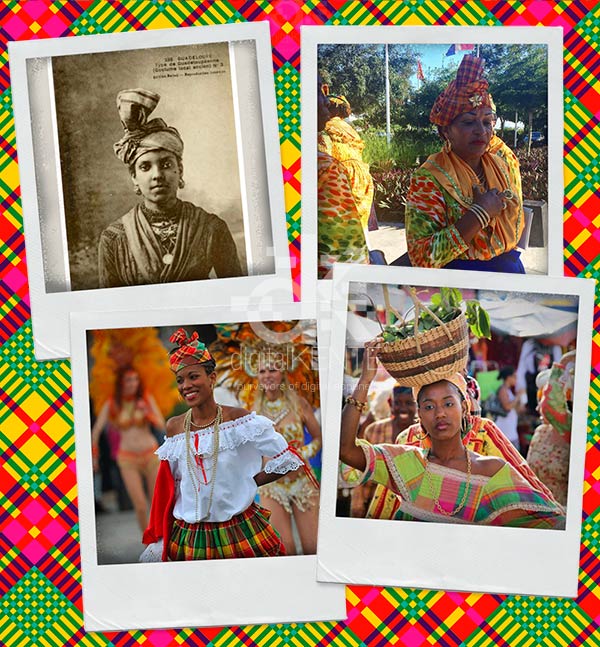Melanin-rich Madras

Our NEW KubaNival Tropikal print motif is a celebration of Caribbean carnival culture! We were inspired by all the juicy colors and textures of the Caribbean islands, their history of enslaved Africans, colonial madras prints, and tropical fruits. Discover hints of Kuba textile motifs layered with bright madras-inspired plaids and carnival-like winged feathers within this design motif. Let's take a deeper look into the cultures that inspired our unique KubaNival Tropikal!


Kuba textiles originate from the Democratic Republic of Congo, one of many areas where Africans were taken from as slaves to work the sugar cane fields in the Caribbean islands. The triangular motifs of kuba textiles were a staple of the Kuba Kingdom and are known to be extremely elaborate and complex. Raffia palm fiber is transformed into cloth by Kuba men, and then elaborate surface designs are created by women of the Kuba people, to create intricate shapes for their ceremonial events and elite royalty. It is said that each design can tell a story of the person wearing the cloth like their social status, age, marital status and character. What a fashion statement!
Feel inspired to turn heads, make a bold statement and feel regal in this richly colorful, intricate KubaNival Tropikal print design!

